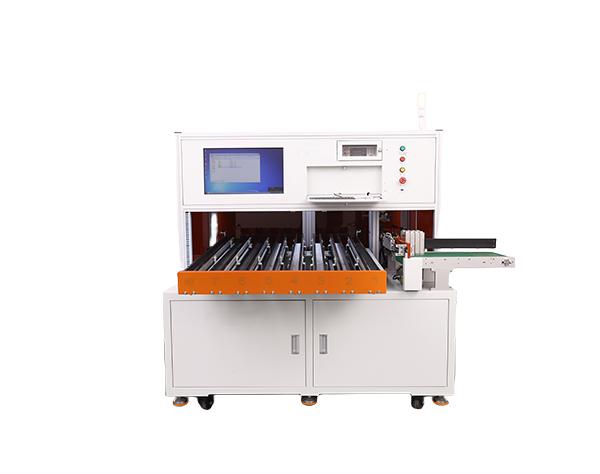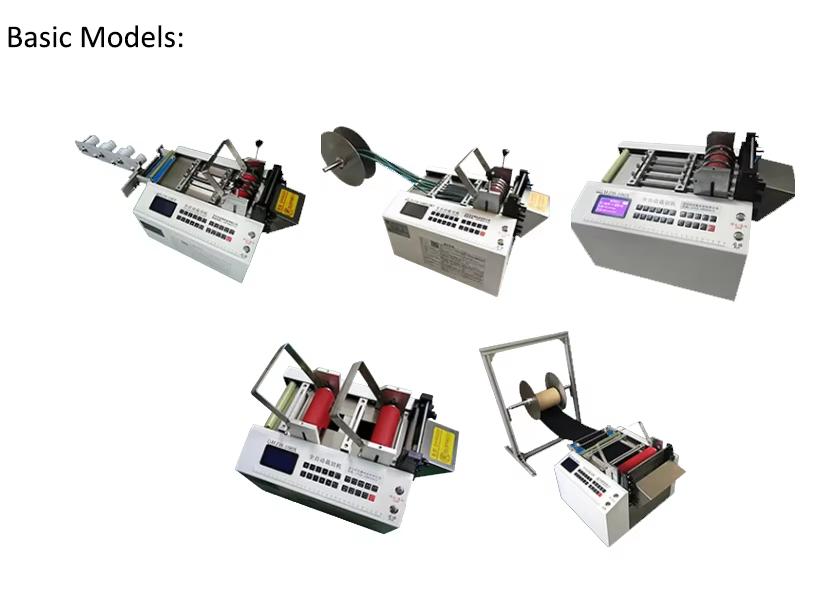There are several types of charging systems for new energy vehicles (charging systems for new energy vehicles)
The power battery charging system includes AC (slow charging) charging system and DC (fast charging) charging system. The slow charging system is connected to the household power strip or AC charging pile through the slow charging harness (household slow charging harness, charging pile slow charging harness) to charge the power battery with 220V AC (slow); the fast charging system charges the power battery quickly through the DC charging pile (fast).
(I) Slow charging system
1. Design architecture of slow charging system
In the slow charging system, the slow charging pile is connected to the slow charging port of the vehicle through the slow charging gun. The AC power of the slow charging pile is converted into high-voltage DC power through the slow charging harness and the on-board charger, and the power battery is charged through the high-voltage control box and DC bus. At the same time, the high-voltage DC power also charges the low-voltage battery through the DC/DC converter.
There are several types of charging systems for new energy vehicles (charging systems for new energy vehicles)
2. Control strategy of slow charging system
When the whole vehicle is slow charged, the slow charging pile provides AC power, which is converted into DC power by the on-board charger to charge the power battery.
(1) Insert the slow charging gun into the slow charging port, and connect the charging pile to the on-board charger through the charging connection confirmation line CC to confirm that the slow charging gun is inserted into the slow charging port.
(2) The vehicle battery provides 12V normal power to the on-board charger. After the on-board charger self-checks and finds no fault, the charging control confirmation line CP is connected.
(3) The on-board charger wakes up the VCU through the slow charging wake-up line. After the VCU self-checks, it wakes up the BMS and instrument.
(4) After the BMS self-checks, it confirms that the power battery is in a chargeable state and communicates with the on-board charger and VCU through the CAN line.
(5) The on-board charger confirms that it is ready to charge with the charging pile through the charging control confirmation line CP.
(6) The VCU determines that the charging pile is ready for charging through the slow charging connection confirmation signal sent by the on-board charger.
(7) The VCU controls the on-board charger to conduct the high-voltage circuit through the on-board charger enable line and starts charging the electric vehicle.
(8) The instrument cluster starts to display the vehicle charging information.
There are several types of new energy vehicle charging systems (charging systems of new energy vehicles)
3. Composition of on-board charger
As a power electronic system, the on-board charger mainly consists of a power circuit and a control circuit. For the power circuit, the DC/DC converter composed of a transformer and a power tube is an important component. For the control circuit, its core is the controller, which is used to realize CAN communication with the BMS and VCU, and control the power circuit to charge the power battery pack according to the three-stage charging curve.
4. Function of the on-board charger
(1) Communicate with the BMS through the high-speed CAN network to determine whether the battery connection status is correct; obtain battery system parameters and real-time data of the entire group and single cells before and during charging.
(2) Communicate with VCU through high-speed CAN network, upload the working status, working parameters and fault alarm information of the charger, and receive the control command to start or stop charging.
(3) Complete safety protection measures: overvoltage, undervoltage, overcurrent, overheating, short circuit, reverse connection protection, charging interlock, high-voltage interlock.
How many types of new energy vehicle charging systems are there (charging system of new energy vehicles)
How many types of new energy vehicle charging systems are there (charging system of new energy vehicles)
(II) Fast charging system
1. Design framework of fast charging system
In the fast charging system, the fast charging pile is connected to the fast charging port of the vehicle through the fast charging gun. The high-voltage DC power of the fast charging pile passes through the fast charging harness, the fast charging positive and negative relays in the high-voltage control box, and finally charges the power battery through the DC bus. At the same time, the high-voltage DC power also charges the low-voltage battery through the DC/DC converter.
There are several types of new energy vehicle charging systems (charging systems for new energy vehicles)
2. Control strategy of fast charging system
During fast charging, the fast charging pile provides high-voltage DC power to quickly charge the power battery. The fast charging control strategy is:
(1) Insert the fast charging gun into the fast charging port, and the charging pile confirms that the fast charging gun is inserted into the fast charging port through the charging connection confirmation line CC1.
(2) The fast charging pile provides 12V low-voltage power to the fast charging port and wakes up the VCU through the fast charging wake-up line. After the VCU is awakened, the VCU confirms that the fast charging pile is connected through the charging connection confirmation line CC2.
(4) The VCU wakes up the BMS, and the VCU, BMS and charging pile communicate through the CAN line.
(5) The VCU controls the fast charging positive and negative relays to be energized.
(6) The high-voltage DC power of the fast charging pile enters the power battery through the PDU to charge the power battery. At the same time, the high-voltage power charges the low-voltage battery through the DC/DC converter.
There are several types of new energy vehicle charging systems (charging systems for new energy vehicles)
3. Fast charging system communication principle
During the fast charging process, after the fast charging gun is connected to the fast charging port, the fast charging pile and the vehicle need to establish a communication connection. The specific process is as follows:
1. The fast charging pile confirms that the fast charging gun is inserted into the fast charging port of the vehicle through the charging connection confirmation line CC1.
2. The fast charging pile supplies power to the vehicle through the low-voltage auxiliary power supply A and A-, controls the fast charging relay to close, and then wakes up the VCU through the fast charging wake-up line.
3. The VCU confirms that the vehicle is fully connected to the fast charging pile through the charging connection confirmation line CC2.
4. The VCU wakes up the BMS, the fast charging pile communicates with the VCU through the fast charging CAN line, and the BMS communicates with the VCU through the new energy CAN line.







 粤公网安备 44030602007174号
粤公网安备 44030602007174号